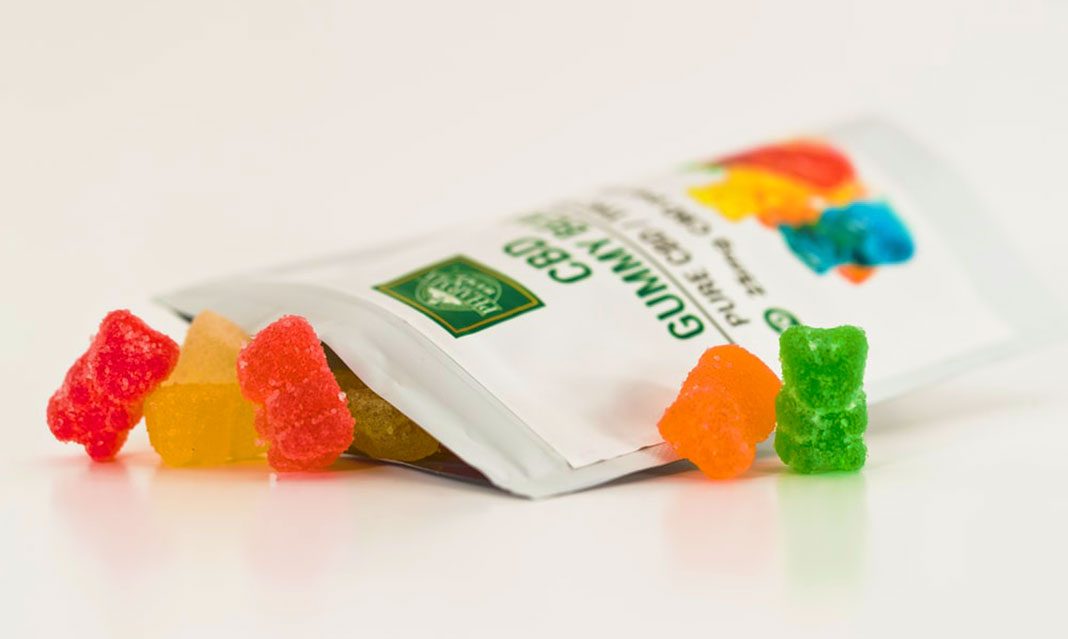Until the legalization of Marijuana in 2018, having any kind of understanding of marijuana products would have been frowned upon. Consumers need to be able to identify and interpret the labels of marijuana products before they make their purchase, but without adequate knowledge on the subject, how are they supposed to do this?
A study from the University of Waterloo wanted to find how consumers understand the labels on marijuana products and what allows for greater understanding of the information presented on the labels.
Researches tasked 870 anonymous Canadian participants between the ages of 16 and 30 tasked with completing online surveys that tested their ability to identify key information on cannabis product labels.
The study involved two experiments. The first experiment had participants randomly split into three groups based on the presentation of the serving sizes for an edible product: No THC labeling, THC in milligrams, and number of doses. They were then asked to identify how much should be eaten for a recommended serving and how many servings were in the package.
The second experiment involved identifying the potency of a container of dried marijuana leaf. The labels were presented in four ways: No THC label, THC in a percentage, THC in milligrams, and a traffic light image (Green = low potency, Red = high potency). Each participant was shown a low and high potency version of the same product presented with the same identifying information in order to ask them to what the level of THC was for each product.
The results of the first experiment found that using labels with the number of doses ended up having the highest rate of correct responses (54.1 per cent) as compared to the milligram labels (13.4 per cent) and no label (7.4 per cent). When labelling the information in doses, participants were far more likely to identify how many doses were in the container (77.9 per cent).
The second experiment found that almost none of the participants could identify the potency of the products without labels (2 per cent). THC percentage labels found much greater numbers of correct answers (35.3 per cent), but the traffic light labels found yielded the best results (85.1 per cent).
These results provide the necessary information to improve cannabis product labelling. Consumers are better able to understand how to use a product and how much is in the container when it is presented in simpler terms. Displaying the number of doses and having visual images on the labels (like the traffic lights) are easier to comprehend and are more desirable to consumers, especially if they have never used a cannabis product before.



